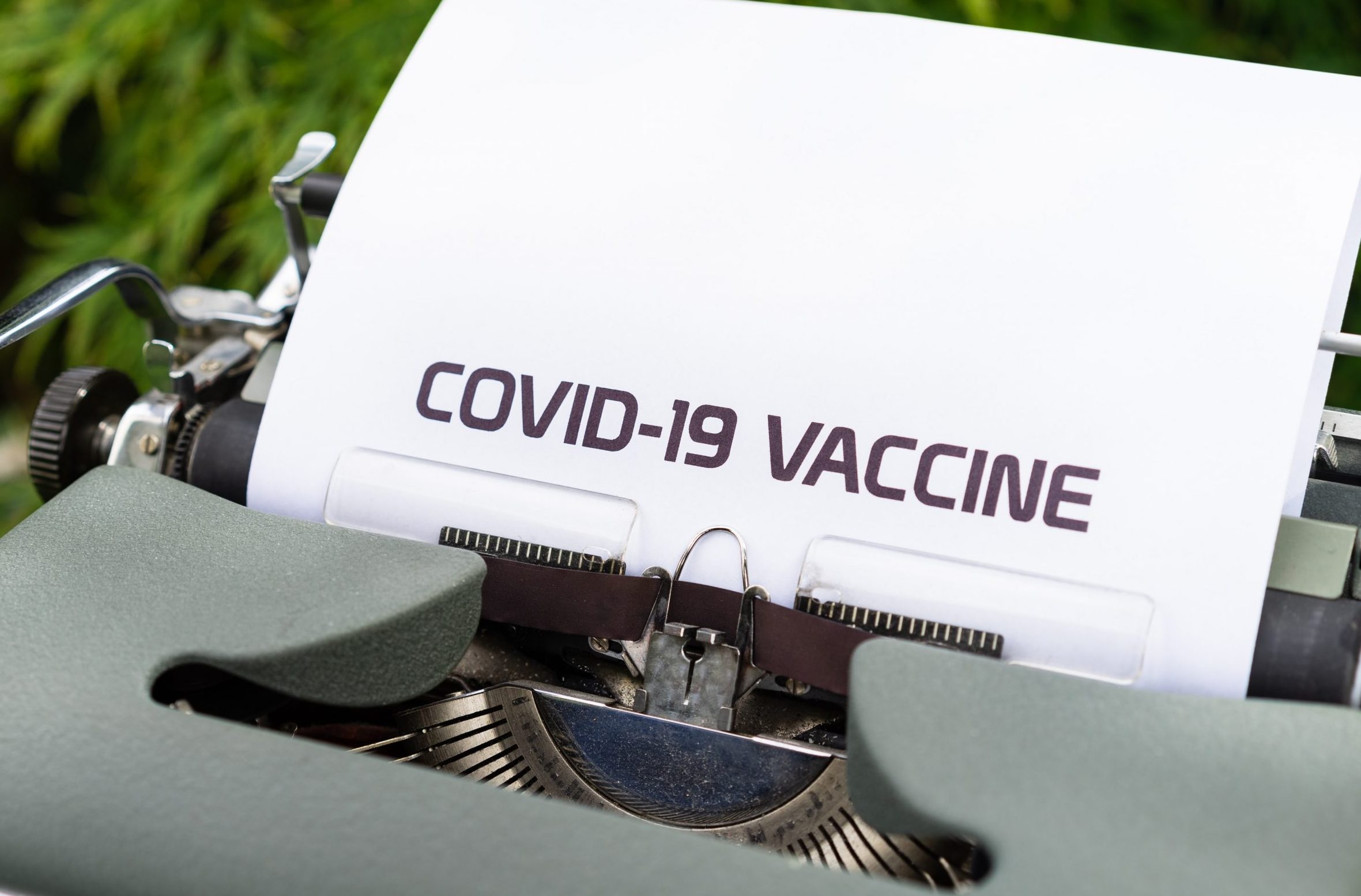On the 9th of November, Pfizer announced via a press release that they had a major breakthrough with their COVID-19 vaccine. The Pfizer-BioNTech collaboration proudly stated that they had a 90% success rate with their vaccine; an efficacy rate far greater than anyone had expected. The vaccine uses a brand new RNA technique, which uses a tiny amount of the COVID virus’s genetic material (mRNA) that’s injected into the patient. The idea behind this is that the injected viral RNA (which is not enough to form a fully functioning Coronavirus) is enough for the body to detect the pathogen and form an immune response against it. This will lead to the creation of antibodies that will recognise, fight, and kill the COVID virus if the person actually becomes infected with it later.
The announcement hugely boosted investor morale, selling USD $5.6m in the company’s shares on the day of the announcement. But does this mean that lockdown will be over? Will social meetings and professional work resume, as before? Despite the hope, this is sadly not the case. There are a few key reasons for this, including some glaringly obvious points – which even the UK government have decided to ignore, having already secured 40 million doses of Pfizer’s new vaccine probably out of desperation to find a solution to the pandemic.
So far, there have been no cross-checks to see whether Pfizer’s new drug trial results have been genuine, no peer-reviewing of data, and the vaccine has only been tested on 94 patients. Not to mention, the vaccine has not undergone regulatory approval yet either. Additionally, there are some major drawbacks with this new drug, even if it may indeed be effective. The first and most major obstacle is that Pfizer’s COVID-19 vaccine needs to be kept at a temperature of -80°C. This creates huge implications in terms of logistical cost – from production, transportation, and delivery, to the fact that the vaccine would need to be used within 5 days of arrival to the hospital clinic, after which it would need to be discarded. This incredibly cold temperature is also at a competitive disadvantage in comparison to the other 170 competing COVID vaccines currently in development — some of which require a normal ‘cold-chain handling’ environment of between 2-8°C. Thus, a vaccine that would only require a cold-chain handling temperature, as well as only the need for one injection administration (rather than Pfizer’s required double dose) would be far more practical to use. This is further aided by the fact that the infrastructure for such storage is already in use and it has a lower logistical and maintenance cost. This leads to questioning whether it would be worth such a great investment in capital. Weighing up the cost-benefit analysis of what the government budget would be, buying this vaccine would be considered less like a top priority and more like a luxury.
For the vast majority of people worldwide, this vaccine would thus not be accessible. The second question which arises is, how long would the immunity against COVID last for? During the press release, Pfizer gave elusive answers – with one Australian journalist stating that the firm gave “very little detail about what the results actually are”, but it is speculated that the immunity would only last for 28 days.
So what does this mean for the public? Essentially, the light at the end of the tunnel might as well be put out. At present, Pfizer has benefitted the most from this press release, whether it’s boosting their brand name on the world stage or greatly increasing the number of their shares sold as a reaction to investor hope and confidence. Meanwhile, the public will have to continue living the ‘remote life’ and hope to return to normality by the middle of next year.
Special thanks to the Guardian, BBC and ScienceNews.org for providing the source material for these articles.






0 Comments